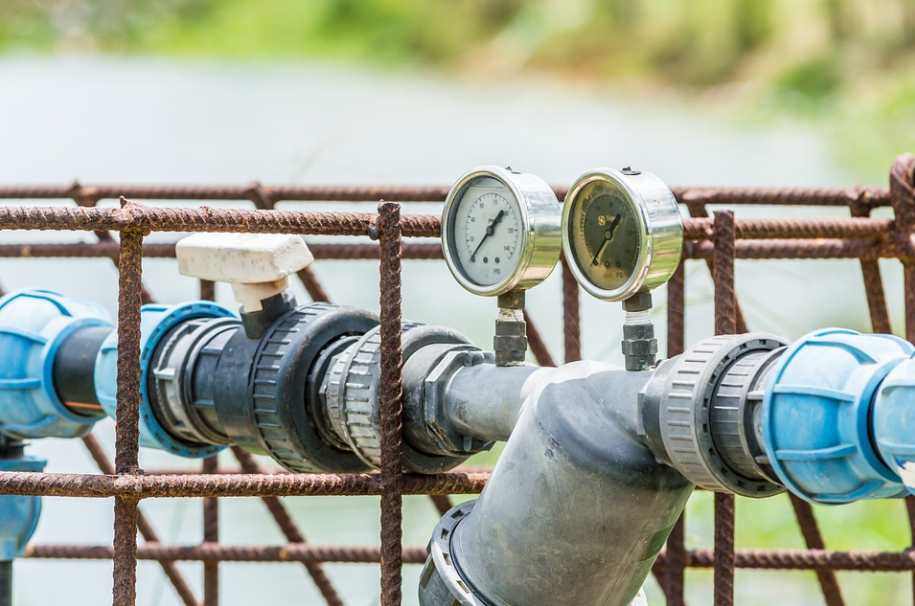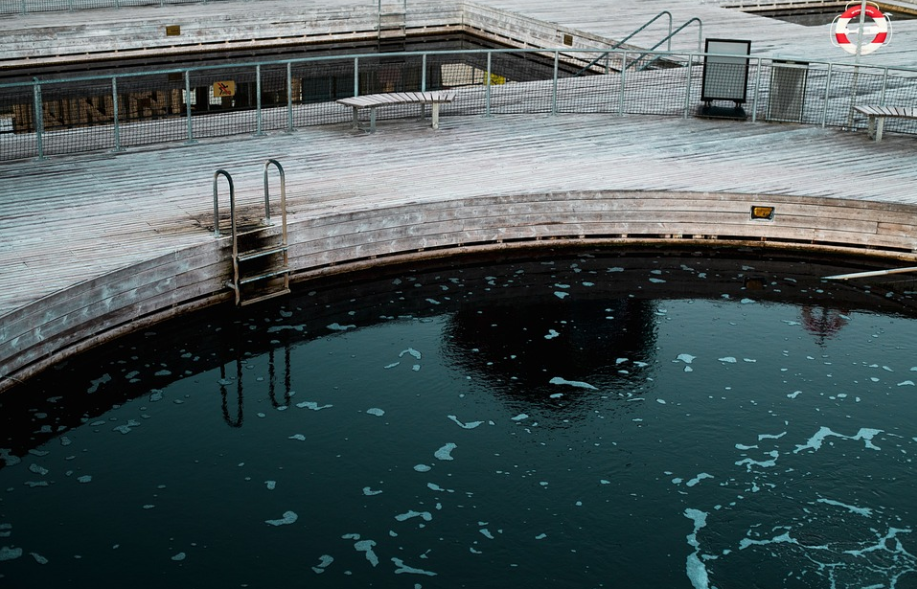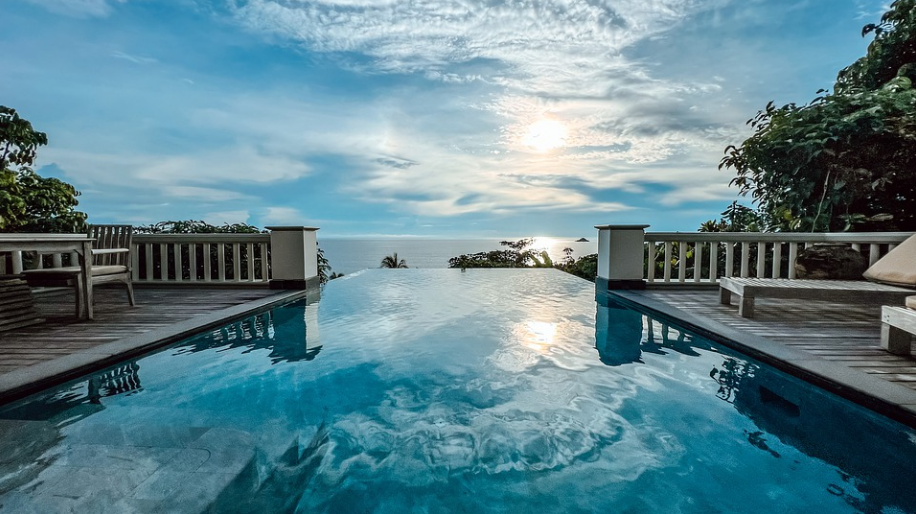Table of Contents
The warm season is coming, the ambient temperature is rising, and you start to think about when to start a swimming season in your swimming pool in the backyard. You have decided to do everything correctly this year, or you are only the second-year pool user.
So, you have come here for a piece of advice. This article will help you perform all cleaning steps correctly and explain the necessity of maintaining the water in the swimming pool sparkling clean.
Steps of the cleaning process in spring
For sure, some steps can be eliminated depending on the size and location of your swimming pool. Also, cleaning an indoor swimming pool or inflatable pool that was stored without water in the closet is significantly easier.
This article is aimed at the outdoor pool users of all shapes and sizes. We consider that the filter pumps didn’t work for the whole winter. You can pay professionals to perform this job, but anyway, it is better to guide the process. It is forbidden to use the pool before all these steps are performed.
Open your pool cover.
It is better to cover the swimming pool for the non-swimming (cold) season to minimize leaves, dead insects, or animals in your swimming pool. Commonly, you will see absolutely green water. Please remember to clean your cover with fresh hose water, and soap if required. You need to keep the cover clean.
Remove all floating objects on the water surface.
For this purpose, a skimming net with a telescopic handle is a perfect helper. In addition, some pool owners leave a chlorinator for winter to maintain a neutral pH level.
Remove all winterization devices from your filtration pumps, pipes, and skimmers. Remove all plugs and open all valves. Reinstall all equipment/filters that were dismounted before winter.
Do not forget to remove all safety devices. Otherwise, you can break your filter or pump during start-up. Also, if you didn’t prepare carefully last year, and your pipe was frozen with water inside, check the pipes for leakages. Next year, do all winter preparation steps more precisely. It is recommended to clean the skimmer basket manually.
Turn on the power. Start a pump and automatic system (if available).

If the system were correctly prepared in point 4 for start-up, you would see the water move to your skimmer. Then, the swimming pool water starts to circulate. Check the water level; if you drained some in autumn, you may need to add some.
Use a synthetic brush to remove layers of algae and debris from the bottom. Add chlorine in the quantity required for your pool size.
It is not recommended to start pool cleaners with a significant amount of chemicals and algae after winter. So these steps should be performed manually. Keeping your pump working for 4-6 hours would be best to make chlorine work.
It may be required to use the brush several times in between. The watercolor after 6 hours should change from deep green to light green. The water still will look cloudy.
Let the pump work for 4-6 hours for a couple of days, and then test your water chemistry.
You may send the water samples to chemical laboratories or buy test strips to check total alkalinity, total chlorine, free chlorine, pH, total hardness, and cyanuric acid – all require tests to check if the water is safe.
You should put the strip in the water for a couple of seconds and then match the color with the samples. After you receive the results, you need to go to the shop and buy special solutions to make the water safe.
The main parameters are pH level (7.4-7.6), alkalinity (100-150 ppm), calcium (150-250 ppm), and the amount of chlorine/bromine should be 1-3. You can find on-the-market kits with a chemical solution before and after.
“Maintaining a clean and balanced pool requires regular testing and proper chemical adjustments. Don’t neglect this crucial step in swimming pool landscaping.” – Precision Landscaping Founder
Start your pool cleaner.
Water circulation and chemical addition will not be all steps for crystal water. A pool cleaner will clean the residues on the walls, floor, and waterline. Some cleaners additionally filter the water.
There are many types of pool cleaners: manual, suction side cleaners, pressure side cleaners, and robotic cleaners. One of the best solutions is to use suction side cleaners, as they are connected to your skimmer and are significantly cheaper than robotic ones.
Most cleaners have smart navigation, so they will not miss any spot. We recommend reading the review Zodiac mx6 vs. mx8 to check one of the most efficient models for inground pools.
You should choose the pool cleaner (if you do not have any) based on your pool size, material, and functionality. All pool cleaners do not require long installation, but using a pool cleaner at any stage before this one is forbidden.
You need to perform several cleaning cycles until the filter basket (or skimmer) has no residues, leaves, bugs, sand, or other impurities.
You can swim safely!
This part of the cleaning process is the most amazing. Please remember to clean your swimming pool regularly (at least 1-2 times per week). Definitely, you can eliminate some cleaning steps.
Why should the water in the swimming pool be clean?

There are many reasons why you should properly care about your swimming pool. Do not neglect to start a pool cleaner several times a week and add chemicals. The reasons are:
- Dirty or untreated water may cause serious problems such as diarrhea, vomiting, eye, throat, and other infections. The unbalanced water can cause a chemical burn.
- You prolong the lifetime of your pool equipment and save money. You do not need to buy a new one after one year of use.
- You receive an excellent place for fun and family gatherings on hot days.
As you see, the main essence of the swimming pool is connected with fresh and safe water. So, please do not forget about swimming pool sanitation methods.
Conclusion
As you see, all cleaning steps are not complicated but require special equipment and chemicals. It would help if you started preparing for your swimming pool for a hot season in advance, at least one week in advance.
If you have a water heater and start the season in spring, keep in mind that the heater should heat clean water. The performance of all seven steps will lead you to safe and fun water entertainment without effort.





